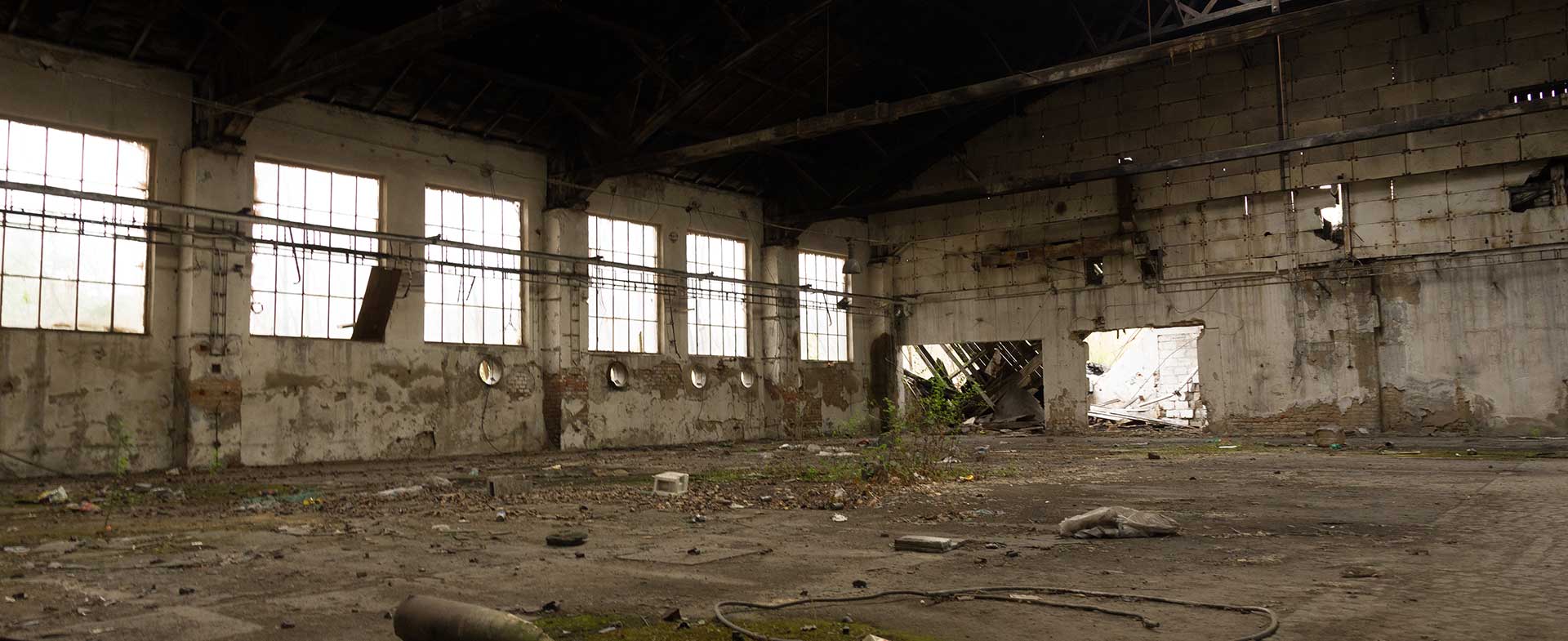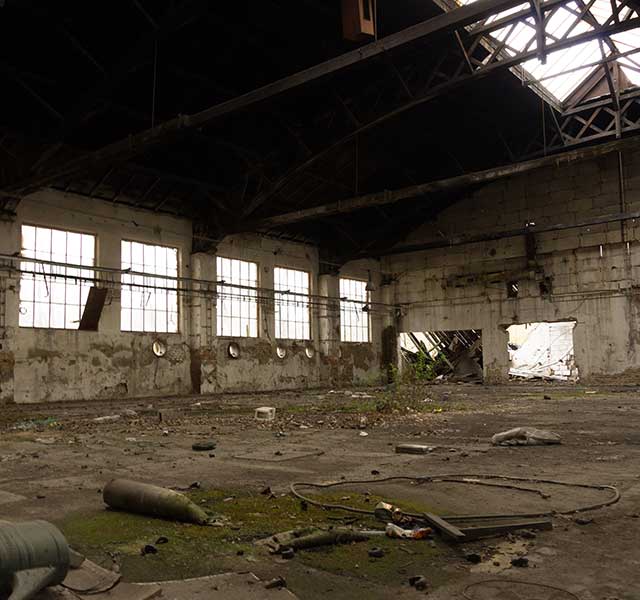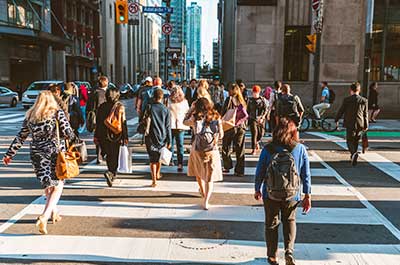Brownfields are urban areas with concentrated environmental pollution--usually former gas stations, old dry cleaners, abandoned auto facilities and derelict homes and factory sites. They’re hazardous because they’re often filled with contaminants like lead, petroleum, arsenic, asbestos and volatile organic compounds, which can seep into the soil, water and air and may contribute to asthma, cancer, preterm birth and neurodevelopmental delays (to name just a few health issues).
The Environmental Protection Agency (EPA) estimates there are more than 450,000 brownfields in the United States. Various efforts are being made at the state and city level to clean them up, or remediate them. When a brownfield is cleaned up, it’s called a closed site and can be safely repurposed.
But a recent study from Wayne State University and Henry Ford Health found the decision to remediate certain brownfields over others may be based in socioeconomics.

Care At Henry Ford Health
“Right now, the city of Detroit has a program to remediate brownfields and we wanted to see what impacted the decision to remediate certain sites before others,” says Qiong Zhang, Ph.D., a research scientist at Henry Ford Health. “We found there are more closed sites in areas with higher household median incomes and more open sites in areas with lower household median incomes. Areas with college-educated residents, areas with denser populations and areas with increased vacant units and renter-occupied units also contributed to more closed sites, while areas with increased Black populations were associated with more open sites.
“Unfortunately, these results are not surprising, as there are often socioeconomic inequalities when it comes to environmental justice. But this study is an important step in identifying the inequalities and working to rectify them,” says Dr. Zhang. “Maybe more public money could be allocated to fix these contaminated areas so they’re more livable for minorities and those in lower socioeconomic brackets.”
The Importance Of Environmental Justice
People who live in disadvantaged areas are more likely to be exposed to environmental pollutants, and therefore are more likely to have physical and mental health issues arise from their environment.
“Studies show they’re at a higher risk for developing long-term conditions like heart disease, asthma and cancer,” says Dr. Zhang. “They’re also more likely to have decreased immune health. And limited access to green spaces can also impact mental health in the long-term, especially for children. Environmental justice research—a combination of social justice and environmental science—is important to highlighting environmental disparities and closing the gap so everyone has access to nature and can live in a safe, healthy area.”Reviewed by Qiong Zhang, Ph.D., a research scientist at Henry Ford Health.



